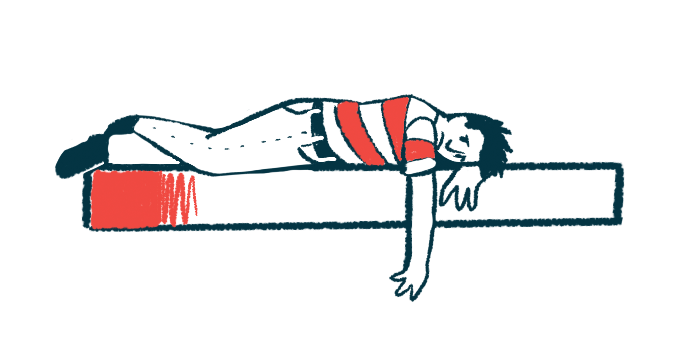Depressive symptoms significantly increase Parkinson’s risk: Study
Findings: Screening questions for symptoms would aid in early prediction

Being diagnosed with depression or having symptoms of the condition significantly increases the risk for developing Parkinson’s disease, according to a study of nearly 100,000 elderly people in South Korea.
The association was the greatest for people with a diagnosis of depression and subjective depressive symptoms. Their risk nearly tripled compared with people without any signs of depression.
The findings indicate “simple screening questions for depressive symptoms … would be useful for early prediction” of Parkinson’s,” the researchers wrote in “Depressive symptoms and the subsequent risk of Parkinson’s disease: A nationwide cohort study,” which was published in The American Journal of Geriatric Psychiatry.
About a third of people with Parkinson’s have depression, where they may feel extremely sad, worthless, and hopeless, and have a continuous low mood. These feelings may last for weeks or months and be severe enough to affect their ability to carry out daily activities.
Establishing a link between Parkinson’s, depression
Parkinson’s is caused by a combination of genetic and environmental factors, leading researchers in South Korea to review data from 98,296 elderly people, all aged 66, who were enrolled in the National Health Insurance Service, to see if having a diagnosis or symptoms of depression can increase the risk of developing Parkinson’s.
Patients in the database are assessed every two years as part of the Standardized National Health Screening Program. When they turn 66 they receive geriatric assessments under the National Screening Program for Transitional Ages (NSPTA).
Participants in this study underwent NSPTA screening between 2007 and 2017, and were asked to answer questions about a lack of activity or motivation to do things, feelings of worthlessness, and feelings of hopelessness — all symptoms of depression. None had a diagnosis of Parkinson’s at the time.
In total, 17,232 (17.5%) people reported having symptoms of depression and 7,508 (7.6%) had a diagnosis of depression, although most of them no longer had symptoms.
In general, people with depressive symptoms were more likely to be females, more commonly had other conditions such as diabetes or high blood pressure, and tended to smoke and drink alcohol more often while performing fewer physical activities.
Over a median follow-up of five years, 839 people went on to develop Parkinson’s — 230 had previous symptoms of depression and 609 did not. This translated into a significant, 47% higher risk for Parkinson’s among those with depressive symptoms.
The risk of developing the neurological disease increased as the number of depressive symptoms increased. “For example, those who reported all three symptoms of depression had 65% higher risk of developing Parkinson’s,” compared with those without any symptoms.
For people who already had a diagnosis of depression, having its symptoms increased the risk of Parkinson’s even further, by 2.71 times, compared with those without a diagnosis or symptoms. People without a diagnosis, but who were having symptoms had a 41% increased risk, while the risk was 84% higher for those with a diagnosis and no symptoms.
While the study didn’t take into account the hallmark motor symptoms of Parkinson’s, the “results suggest that depressive symptoms require more attention,” the researchers wrote. “Even in individuals already diagnosed with depression, combined depressive symptoms were associated with a higher [Parkinson’s] risk than in those without subjective depressive symptoms.”







